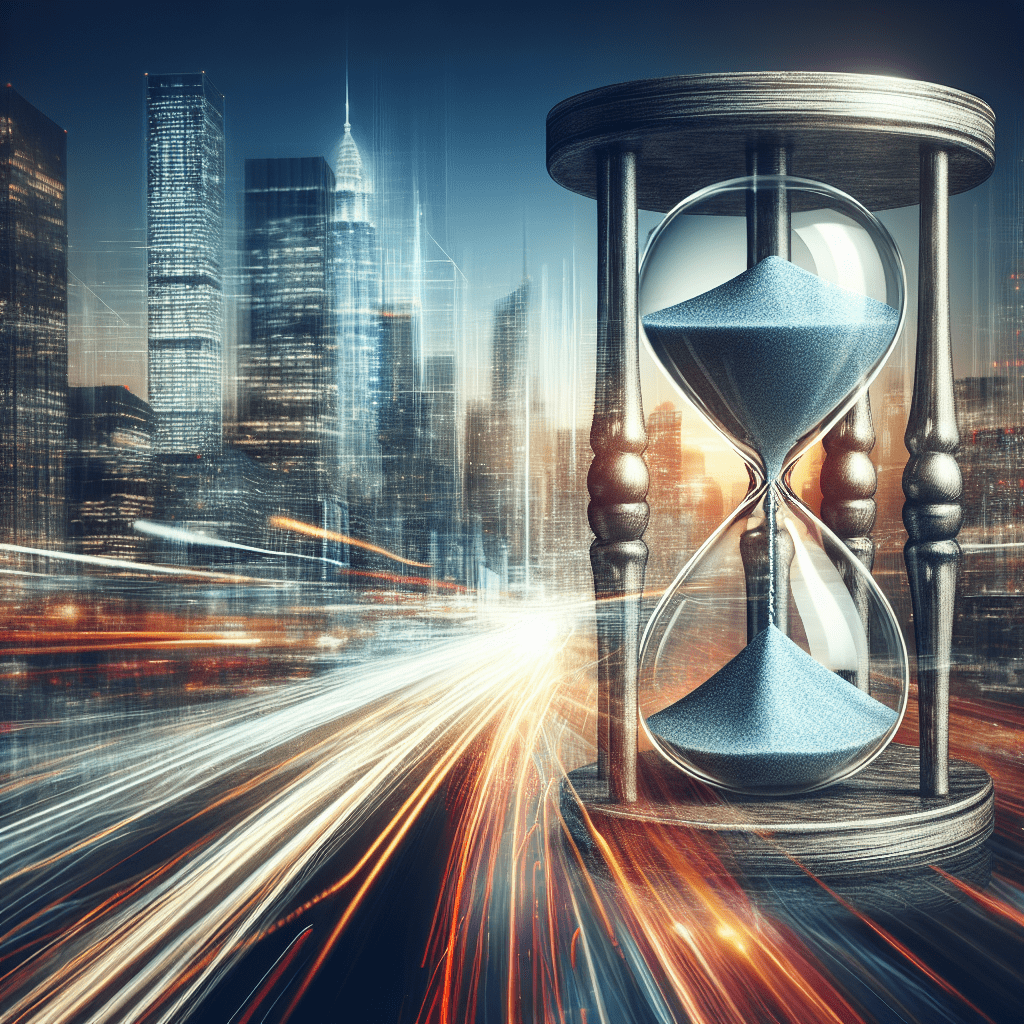Table of Contents
In an age of instant gratification and relentless ambition, the world seems to be spinning faster than ever. The rise of “hustle culture” — a societal zeitgeist glorifying ceaseless work and productivity — has gripped nations from East to West. Yet beneath this frenzied surface, a countermovement is stirring: a yearning for slowness, simplicity, and mindful intentionality.
As we hurtle through the 21st century, the tension between these two forces is reaching a global tipping point. The question looms large: How can we strike a sustainable balance between drive and deliberateness, both as individuals and as interconnected societies?
The Allure and Toll of Hustle Culture

The roots of hustle culture run deep. In many ways, it is the logical extreme of the Protestant work ethic that has long underpinned Western capitalism. But in recent decades, this ethos has gone into hyperdrive, fueled by digital connectivity, globalized competition, and the lionization of entrepreneurial “hustlers” from Silicon Valley to Shenzhen.
On the surface, the appeal is understandable. In a world of economic precarity and social media showmanship, demonstrating one’s tireless work ethic can feel like a necessity — a badge of honor in the battle for success and status. As author David Heinemeier Hansson argues, “The hustle culture is an echo chamber of confirmation bias, survivorship bias, and selection bias.”
Yet the costs are increasingly evident. Burnout, anxiety disorders, and stress-related illnesses are on the rise globally, particularly among younger generations. A recent Gallup study found that 28% of Millennials report feeling frequent or constant burnout at work, compared to 21% of older generations. The toll is not just psychological but also physical, with sedentary “hustle” lifestyles contributing to an epidemic of chronic diseases.
The Rise of Slow Living

Amidst the chaos and exhaustion, a growing number of people are seeking an alternative path. The “slow living” movement, which emerged in the 1980s as a reaction against the frenetic pace of modern life, is experiencing a resurgence.
From “slow food” to “slow fashion” to “slow parenting,” individuals are consciously choosing to decelerate, simplify, and find greater intention in their daily lives. As Carl Honoré, author of “In Praise of Slowness,” puts it: “The slow philosophy is not about doing everything at a snail’s pace. It’s about seeking to do everything at the right speed.”
This shift is not just a niche lifestyle trend but a broader cultural recalibration. In the workplace, concepts like the four-day workweek, flexible hours, and remote work are gaining traction as companies recognize the benefits of healthier, more balanced employees. In the realm of consumption, minimalism and conscious buying are on the rise as people question the hedonic treadmill of materialism.
Balancing Fast and Slow

Of course, the answer is not a binary choice between relentless hustle and total disengagement. The key, both individually and societally, is to find a middle way — a dynamic equilibrium between driven activity and restorative slowness.
In practical terms, this might mean setting boundaries around work hours, prioritizing high-leverage tasks over busywork, and building regular pauses and digital detoxes into our routines. It means valuing quality over sheer quantity in our outputs and interactions. And it means recognizing that rest and play are not indulgences but essential ingredients for sustainable productivity and creativity.
Organizationally, striking this balance requires a shift away from cultura of overwork and presenteeism, and towards one of trust, autonomy and result-orientation. It means measuring performance not by hours clocked but by actual impact and outcomes. And it means providing the resources and support employees need to manage their energy and maintain healthy work-life integration.
Slow Progress in a Fast World

Admittedly, slowing down in a world addicted to speed is no easy feat. The gravitational pull of hustle culture is strong, reinforced by deeply ingrained social norms and incentive structures. Change will require a collective rewiring of our values and a willingness to buck convention.
But the stakes could hardly be higher. At an individual level, finding a healthy hustle-slow balance is increasingly a matter of preserving our wellbeing, sanity, and ability to show up fully in work and life. At a societal level, it is about shaping the kind of world we wish to inhabit — one of frenetic consumption and burnout, or one of greater mindfulness, sustainability, and human flourishing.
Ultimately, the shift towards slow living is not a regression but a progression. It represents the next stage in our evolution as individuals and as a species — a recognition that in an age of exponential change, our most precious resource is not more time but more presence, purpose, and intentionality in the time we have.
As we navigate the great hustle-slow balancing act of our era, we have an opportunity to reassess what truly matters, and to architect lives and systems that reflect those priorities. The journey will be slow, and at times counterintuitive. But in a world obsessed with going faster, perhaps the most radical act is to slow down just enough to ask where we really want to go — and why.